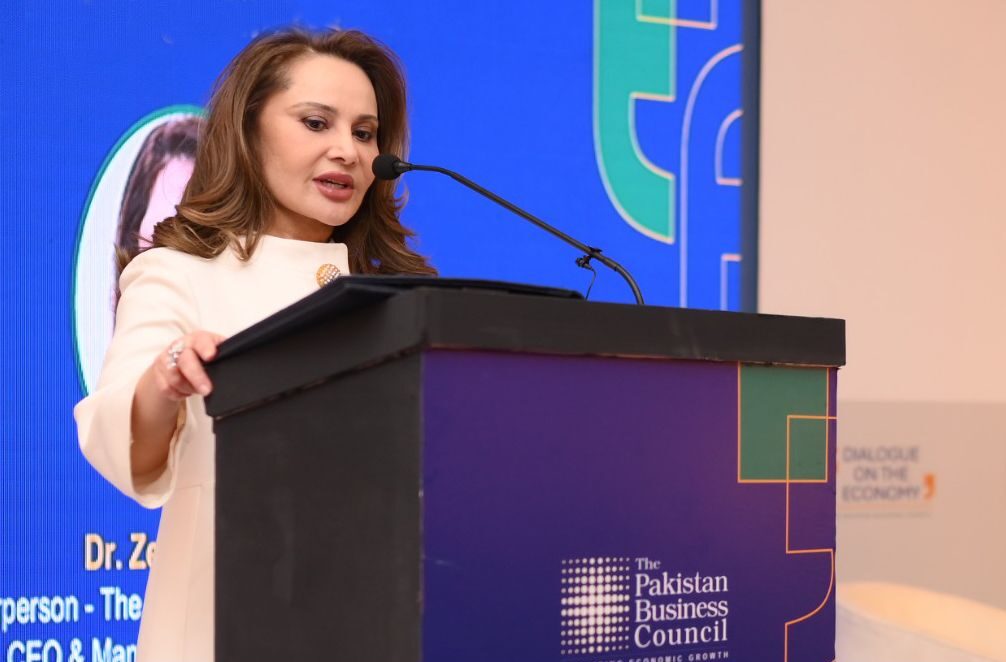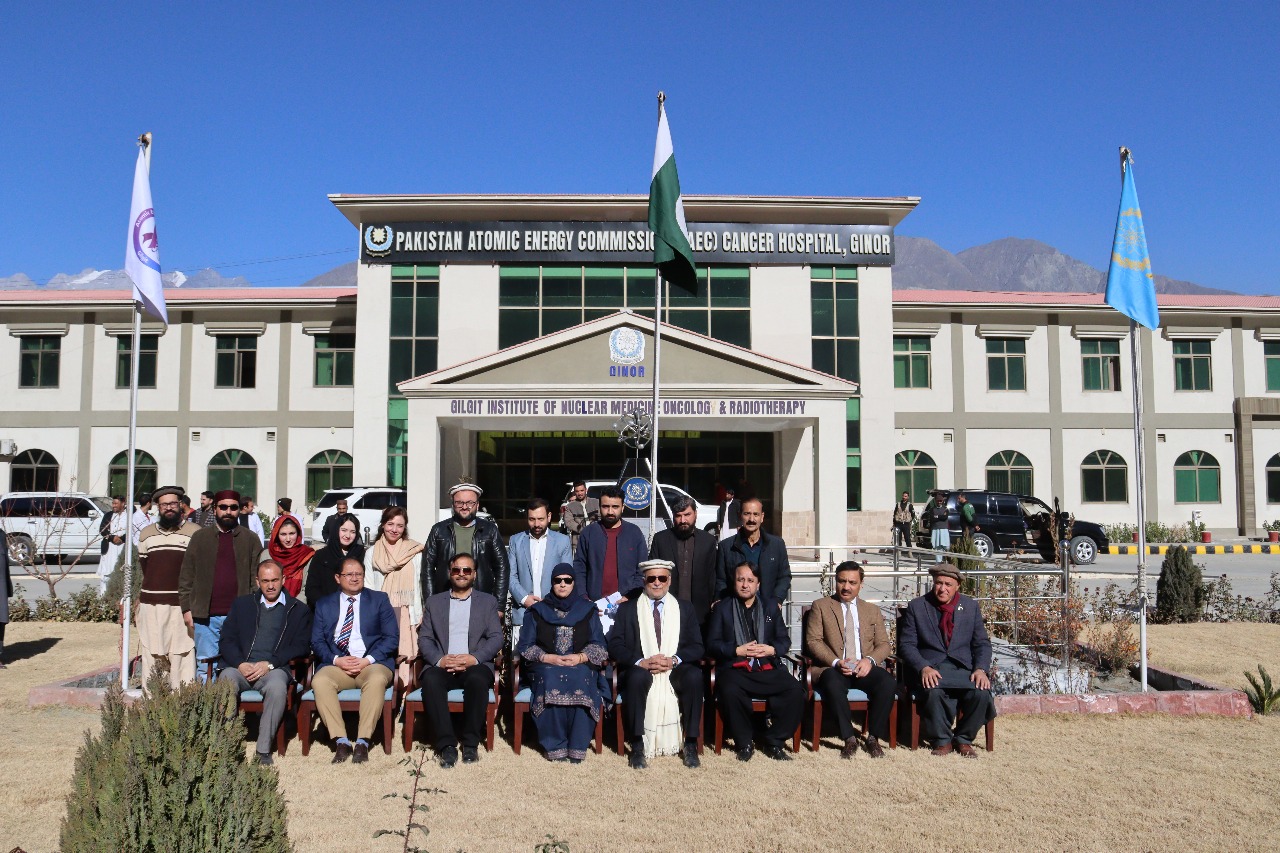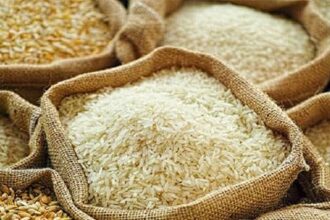Behind the polished headlines and orchestrated political theatrics, a different Balochistan exists—one that mainstream media refuses to show. For years, we’ve been fed a carefully curated narrative: a land of “development,” “patriotic fervor,” and “national unity.” But scratch beneath the surface, and the cracks are undeniable.
Are its politicians genuine representatives or scripted actors in an establishment-sponsored drama?
Is the media’s portrayal of progress a mirage, masking systemic neglect?
And most importantly—who benefits from this manufactured reality?
The truth is far from the fairy tale sold to the public. While TV screens show flower-waving crowds greeting officials. schools crumble without electricity, students protest for basic education, and newspapers are silenced for daring to report the truth.
So we must ask:
Why does Balochistan have only two allowed narratives—blind loyalty or outright rebellion?
Why are universities underfunded, journalists harassed, and protests labeled as “foreign conspiracies”? The real Balochistan isn’t found in government press releases . it’s in the silenced protests, the shuttered newspapers. The same few establishment-backed politicians or a handful of nationalist party leaders are always highlighted.
The concerns raised about media representation in Balochistan reflect documented patterns of press restrictions and government control over information flow. Recent reports from international press freedom organizations confirm systematic censorship efforts targeting Balochistan’s media . The Daily Intikhab Hub is the most authentic newspaper and has the largest readership in the province is now facing serious difficulties.increasing financial pressure by stopping advertisements from the government , When editor-in-chief Anwar Sajidi refused government requests to remove coverage of Baloch demonstrations, authorities withdrew government advertising from the newspaper. This tactic exploits the heavy dependence of Pakistani media outlets on government advertisement revenue, creating economic vulnerability that can be weaponized against critical reporting.
controversy over shifting advertisements to “B-Paper” publications represents another mechanism through which the government can control media narratives by rewarding compliant outlets while punishing independent journalism
secondly, According to the Economic Survey 2025, Balochistan’s educational infrastructure reveals catastrophic deficiencies: 79% of government schools lack electricity, 71% have no drinking water access, 52% operate without boundary walls, and 51% lack toilet facilities. These statistics place Balochistan as the most educationally deprived province in Pakistan, with conditions far worse than Punjab, where 100% of schools have drinking water and 99% have electricity.
The scale of educational exclusion is staggering. Over 2.8 million children in Balochistan are out of school, representing approximately 69% of school-aged children in the province. This includes 78% of girls and 63% of boys, with rural female literacy rates as low as 2%. The province maintains over 7,000 single-room, single-teacher schools serving multiple grades without basic facilities or security
The situation at higher education institutions reveals similar patterns of neglect. The University of Balochistan faces a severe financial crisis,
On June 16, the Federation of All Pakistan Universities Academic Staff Association (FAPUASA) Balochistan Chapter and the Academic Staff Association of the University of Balochistan observed a “Black Day” in protest. Faculty members and staff wore black armbands while conducting classes and office work.
Bolan Medical College, once the premier educational institution in Balochistan, has been suffering from administrative incompetence for months. Recently, a minor scuffle among students was used as an excuse to indefinitely close the college and hostels overnigh Under the pretext of “renovations,” the institution remained closed for months. A fake ceremony was staged with provincial ministers, far removed from reality.
Millions have been embezzled in the name of “beautification,” while students lack basic educational facilities. The closure of hostels and the college has wasted an entire academic year for students. Bolan Medical College has been turned into a prison in the name of security.
The main hostel has been closed for over a year, forcing hundreds of students into private hostels. Medical education requires hostels and libraries, yet both remain shut. First-year classes for merit-based admissions have not even started.
The statistics on school infrastructure, the documented cases of media censorship, and the closure of educational institutions represent policy failures that no amount of narrative management can obscure. Addressing these concrete problems would do more to counter separatist narratives than any amount of controlled media coverage or forced displays of patriotism.
Abdul Ghaffar Bugti
Balochistan based Coloumnist






